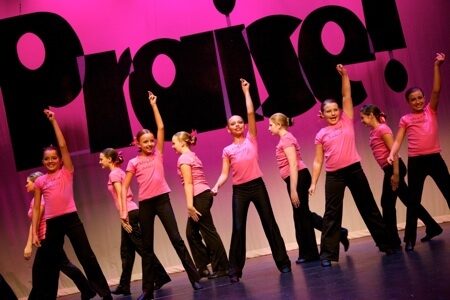My own daughters, after two weeks of tumbling class, informed me that they could do cartwheels, and my youngest was puzzled that they had to keep doing cartwheels each week, as she had already learned how to do them. With a smile (and a little giggle), I let her know that she would do hundreds of cartwheels during the year and in the coming years as well.
I came across the following quote in the introduction an algebra text book shortly after this conversation with my daughters that seemed very applicable –
“The repetition in the problem sets in this book is needed to allow students the opportunity to master all the concepts. Application of the concepts must be practiced for a long time to ensure retention. This practice has an element of drudgery to it, but it has been demonstrated that people who are not willing to practice fundamentals often find success elusive. Ask any athlete, musician, or artist about the necessity of practicing fundamental skills.”
John Saxon’s Exhortation to Students, Algebra ½: An Incremental Development, 3rd Edition
Because we live in a culture of high speed access to information, I have many times wondered how the fast pace of life will affect how we perceive the process of developing skills, and in addition, how willing our students will be to take the time necessary to build a strong dance foundation. Students sometimes complain that dance is boring once they “know” a step, and yet, we know that repetitive practice of any skill is required for true mastery and retention. And, this takes time, something that seems to be moving faster each day.
What is our response here at MKS? We want our students to be challenged, and we also want them to have the most solid foundation possible as they continue on in their dance education. It may seem striking to some that our students do not learn pirouettes or big leaps, etc. until they advance to higher levels. Yet, when they do, they are able to do the skills with ease and proper technique. I had to make a decision early on in the formation of the dance studio about what our philosophy would be regarding this, and I chose the way of the tortoise – “slow and steady wins the race.” I found that this reduced the amount of time we spent correcting bad habits in older dancers. Also, even our younger students who attend auditions find success, although we have not taught every skill they encounter. This is because they have the mental and physical ability to integrate the new steps with proper technique – those who are judging them can see that and see the potential that is being built in them.
Some great examples of the “drudgery” of practice…
I have an uncle who is a professional musician and plays the Double Bass in the Alabama Symphony in Birmingham. He has been with the symphony for 35 years now. When the orchestra is in season the musicians are rehearsing and performing 40 hours a week, and during his “off time,” he practices 3-4 hours a day.
Also, professional ballerinas take class and practice their plies and tendus everyday – skills even our preschool students are learning!
The basic, fundamental skills that our students are mastering are the foundation for every leap and turn they will do now and as long as they are dancing. Along with solid skills come confidence, a good work ethic and strength as well – attributes that will serve our students no matter what they do in life!
Thank you for dancing & tumbling with us as we strive for excellence and urge our students on toward success!
[mashshare]

